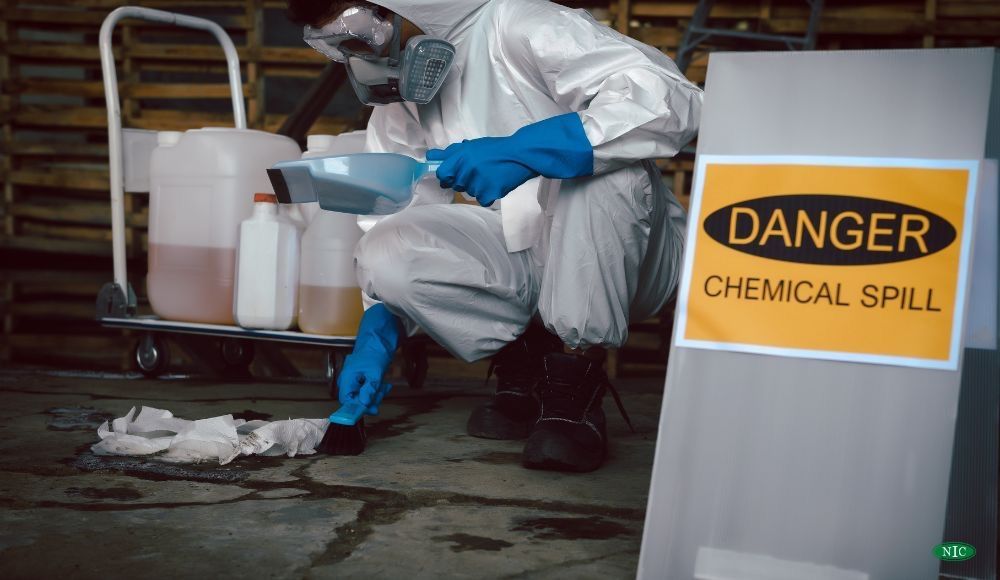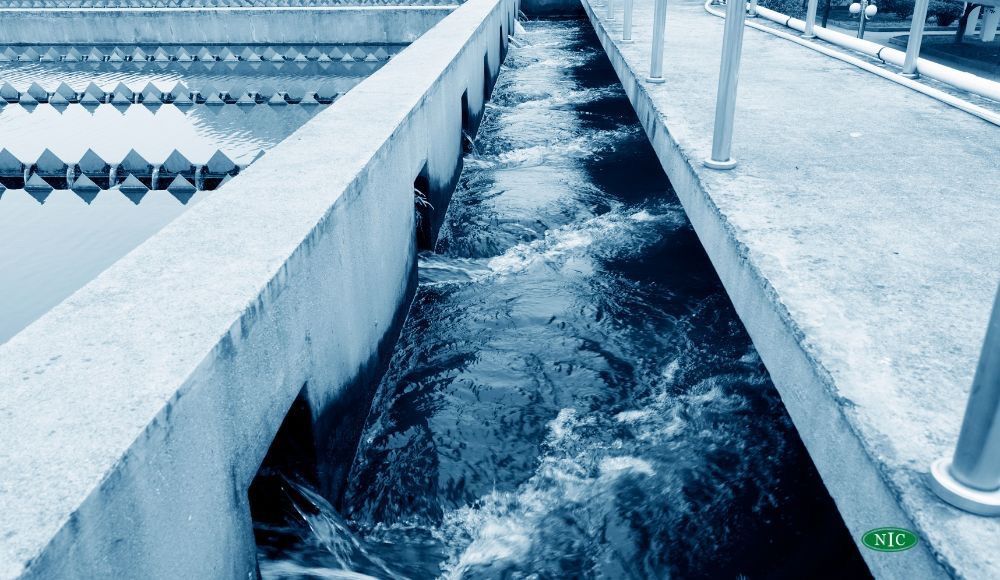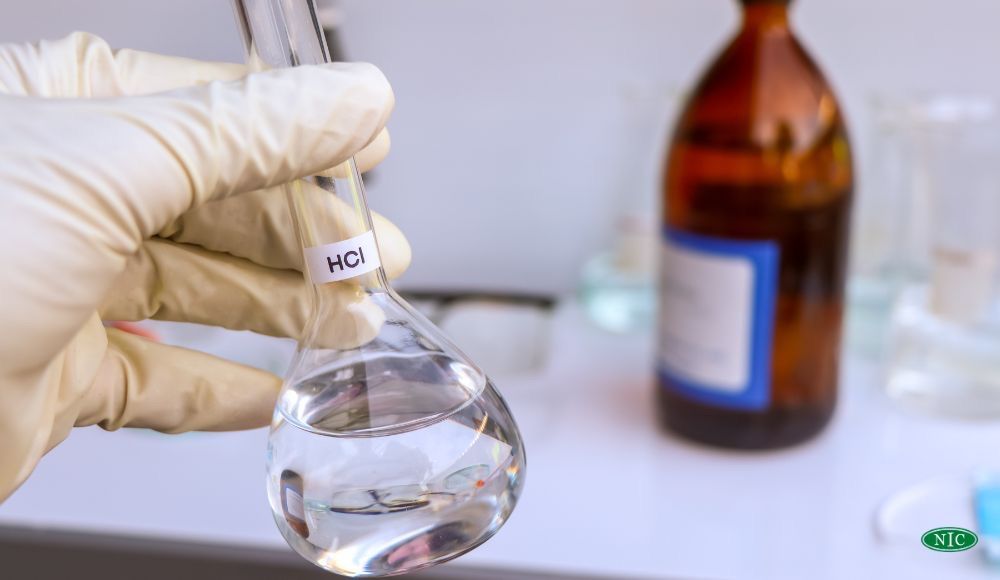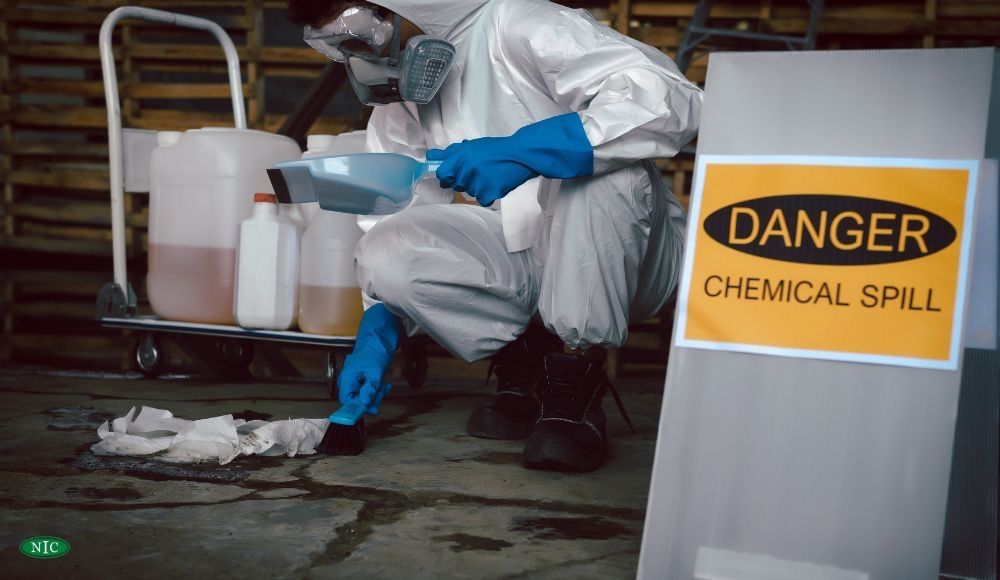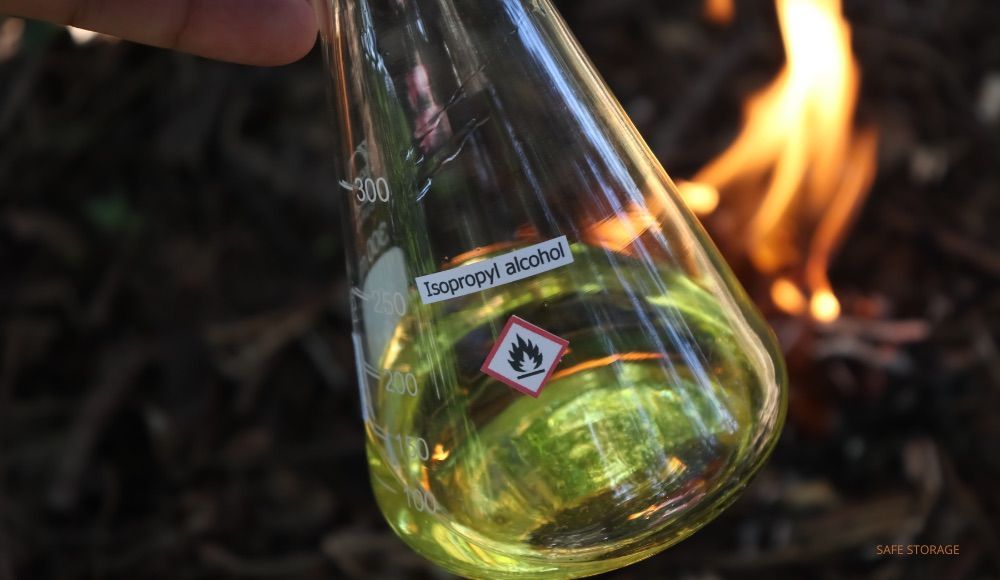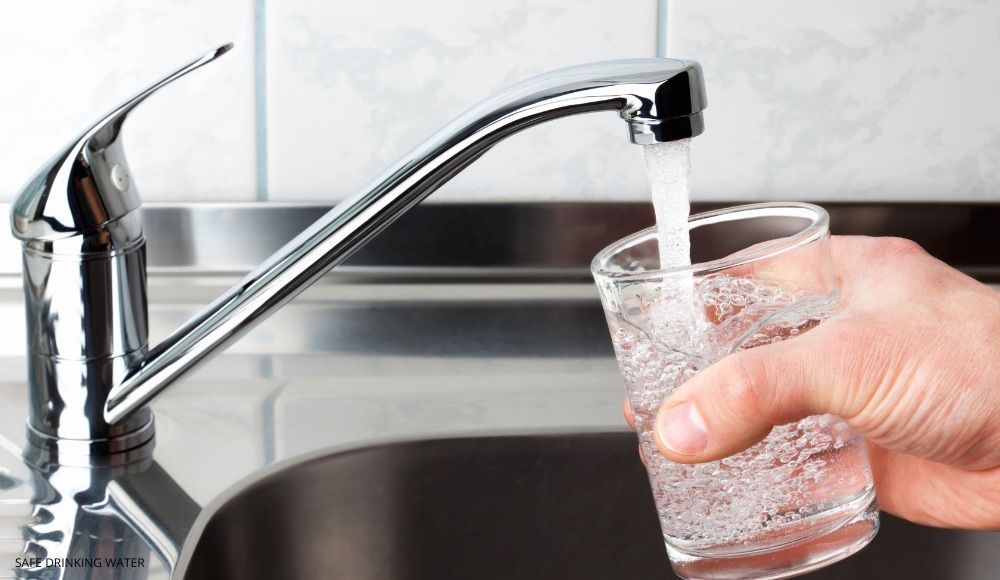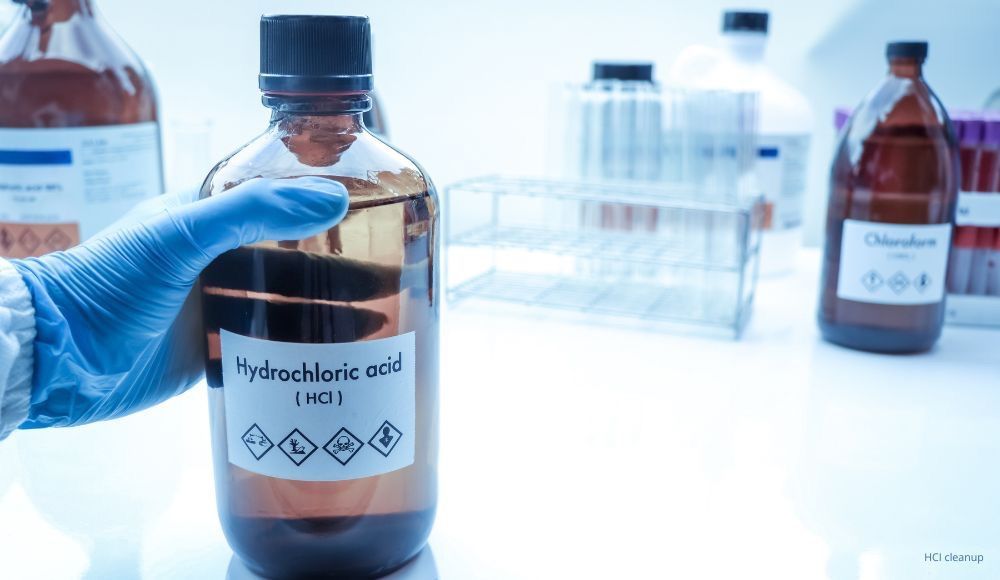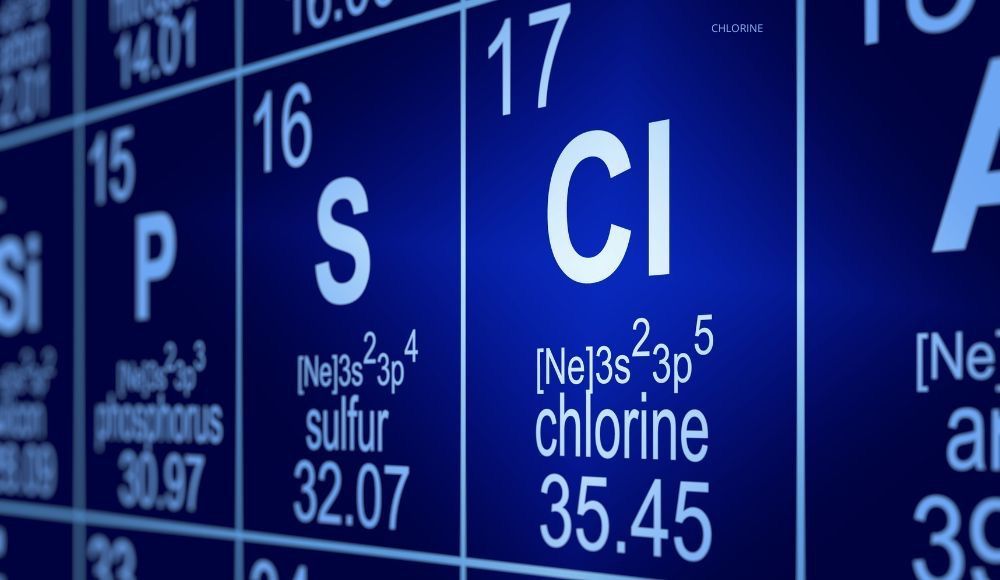How to Neutralize Nitric Acid: A Step-by-Step Safety Guide

Nitric acid is dangerous because of its unique ability to form explosive compounds when mixed with certain organic substances.
This guide explains how to neutralize nitric acid, step by step, in controlled and uncontrolled situations.
Safety precautions
Nitric acid is a strong and highly corrosive mineral acid. Industrial firms use it for various purposes, including the production of:
● Plastics
● Fertilizers
● Explosives
● Dyes
● Pharmaceutical products
Unfortunately, while the compound is useful, it can also cause harm. Businesses handling it should:
● Ensure staff wear personal protective equipment (PPE) such as acid-resistant gloves, safety goggles, and lab coats
● Arrange special storage to keep the acid away from incompatible substances
● Train employees to handle the material properly
● Ensure good ventilation when exposing nitric acid to the environment to reduce fume production
● Keep shower facilities and first aid kits close by in case of an accident
Materials needed
Neutralizing nitric acid requires access to various materials. These compounds react with nitric acid, raising its pH to safe levels.
As with all strong acids, neutralization typically involves adding a base to form harmless water and salt. We discuss compounds that neutralize nitric acid in the following sections.
In addition to these, you will also require:
● pH paper or meter
● Stirring rod
● Safety goggles, gloves, and other protective equipment
● A glass or plastic neutralization vessel
● Water
Step-by-step process to neutralize nitric acid
Neutralizing nitric acid can be hazardous. Therefore, you should always follow best practices, particularly in an industrial setting. Here is a step-by-step guide that outlines the order in which you should do things:
1. Put On PPE
Start by donning your PPE. Make sure you cover all areas of your skin to protect against burns.
Ideally, work outside. If you must work indoors, ensure you are working in a well-ventilated space or close to a fume hood to prevent fumes from irritating.
2. Prepare Your Neutralization Vessel
Next, prepare the neutralization vessel if neutralizing nitric acid under controlled conditions. It contains the reaction, preventing it from harming you, other staff, or equipment.
Carefully measure how much base you need to neutralize the acid. You must ensure you neutralize it thoroughly to eliminate the hazard.
If the acid is too concentrated, you can neutralize it with water. This process will reduce the intensity of the reaction, potentially making it safer.
3. Add Your Base
Next, add your base. People often use sodium bicarbonate for low volumes., but you may need a more economically feasible option if neutralizing large quantities of nitric acid for industrial processes.
If adding a base to a vessel, stir with the glass stirrer or rod. The stirring action will help distribute the compound throughout the acid.
4. Check The pH
Use your pH stick or meter to check the pH of the solution. You want it to enter the neutral range and have a pH of around 7.
Add base slowly and measure how the pH changes. Keep adding small quantities until you are in the desired range.
5. Watch The Reaction
During neutralization, the acid and base reaction will often produce carbon dioxide. Therefore, you should see little bubbles of gas. Neutralization occurs when the bubbling stops, usually around pH 7.
6. Do A Safety Check
Once the reaction finishes, perform a safety check. Ensure the pH is at the desired level and the mixture is cool.
7. Dispose Of The Solution
Finally, dispose of the neutralized solution and clear up any mess. Ensure you follow any local nitric acid disposal procedures.
Disposal guidelines
Nitric acid is subject to various disposal guidelines. Never combine it with incompatible chemicals, such as combustibles, organics, metals, ammonia, sulfides, alcohols, bases, or oxidizing substances. Interaction could lead to the production of toxic gas or explosions.
When disposing of nitric acid:
- Keep it in a glass container manufactured for the storage of acids (if the concentration is higher than 50 percent)
- Ensure any storage features a completed “WASTE CHEMICALS” label
- Ensure storage has the “NITRIC ACID WASTE ONLY - NO ORGANICS” label
Alternative neutralization methods
Sodium bicarbonate is the most common base for neutralizing nitric acid. However, others are available, including:
- Ammonia solution (to produce ammonium nitrate and water)
- Calcium hydroxide (to produce calcium nitrate and water)
- Magnesium oxide (to form magnesium nitrate and water)
- Calcium carbonation (to form calcium nitrate, carbon dioxide, and water)
Some bases may be more commercially viable for neutralizing nitric acid at scale than others.
Cleaning up spills
Nitric acid spills can occur in commercial and industrial settings. When they do, it is essential to clear them up properly.
Before dealing with a spill, evacuate and isolate the affected area. Remove all unprotected personnel from the vicinity to prevent acid burns or fume exposure.
Next, assess the severity of the spill. You can usually clean small spills in-house. Larger spills require assistance from specialist emergency services.
Once you contain the spill, apply neutralization methods. Adding sodium bicarbonate while wearing PPE is generally safe and effective.
Add the base slowly and cautiously. Ensure the acid does not run off or contaminate other areas. It could put people at risk.
Once you add the base, test the solution for neutralization using a pH meter or sticks. The substance should have a pH approaching 7.
Next, absorb the diluted acid using sponges, vermiculite, or similar. Put all absorbed neutralized acids and materials in a labeled container.
Finally, decontaminate and ventilate the area. Allow gasses to escape through windows and use large quantities of water to remove any remaining nitric acid.
Testing for neutralization
During neutralization, you should observe the solution emitting reaction gasses. This process indicates the removal of the acid. If bubbling is not occurring, the neutralizing agent is not working, or the acid is neutralized already.
If you are using paper pH sticks, check the color indication against the key. The color should be in the range of pH 7.
Final considerations
When neutralizing nitric acid, avoid using excessive neutralizing agents. Using too much can cause additional hazards.
Also, ensure you thoroughly rinse the area with water to remove traces of nitric acid. If you are unsure your cleanup effort is working, seek professional assistance or contact emergency services for guidance.
Need Industrial Chemicals?
For help with all your industrial chemical needs, contact our friendly and knowledgeable team today!
